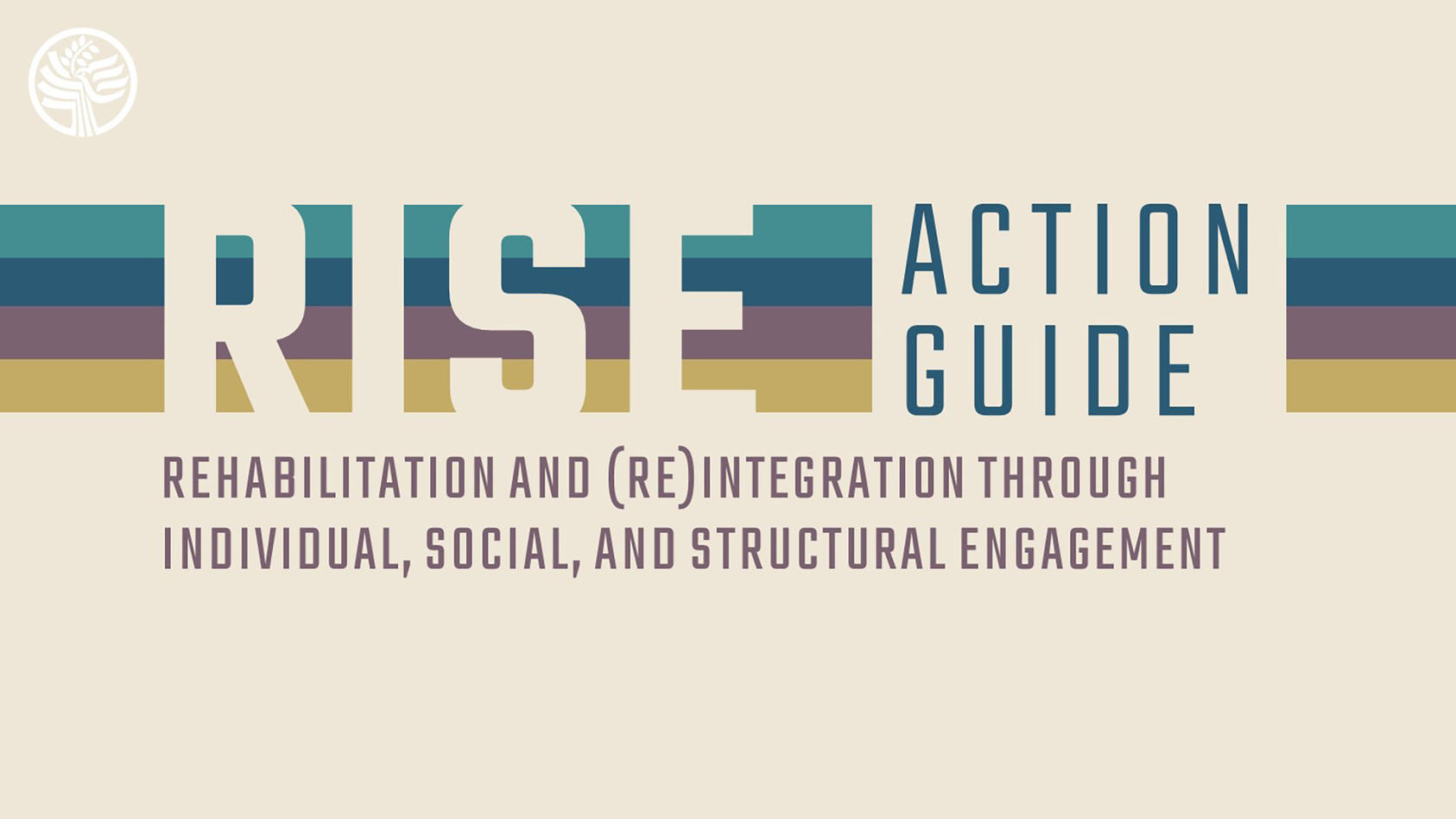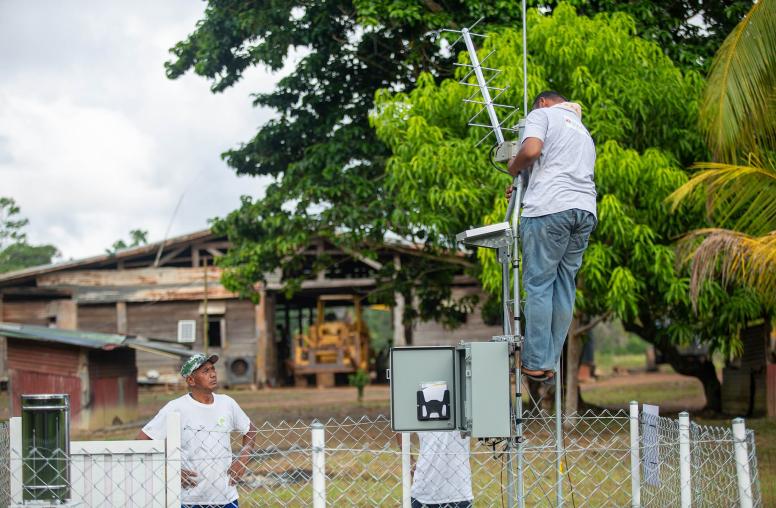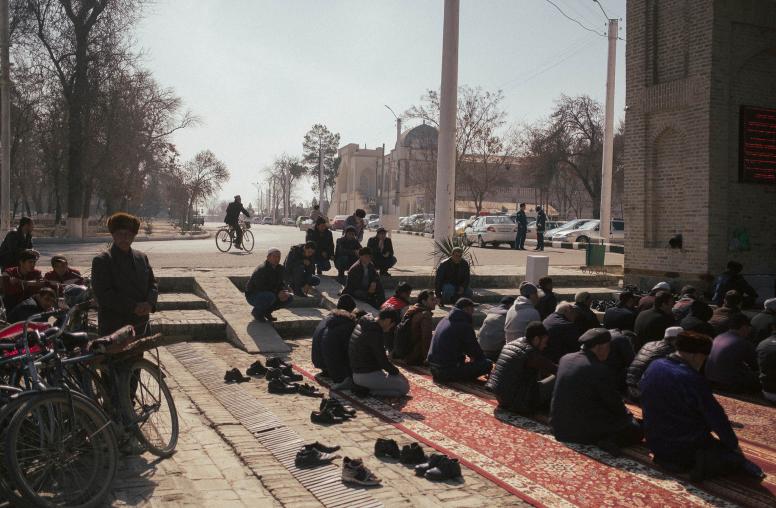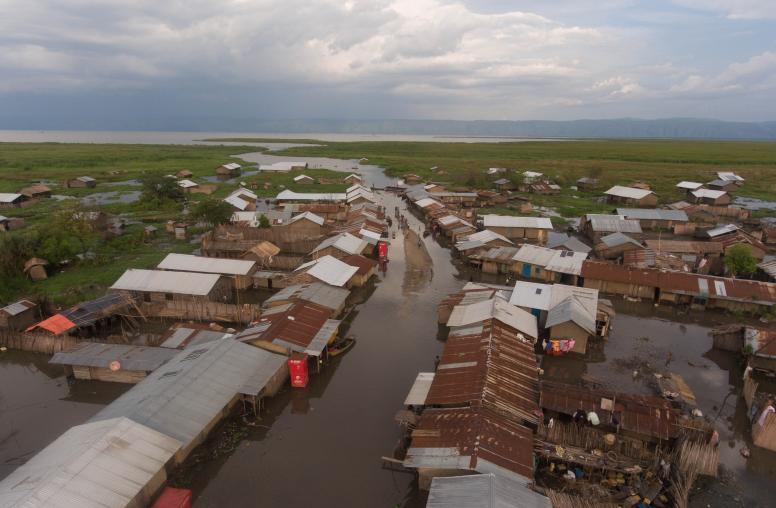RISE Action Guide
RISE: Rehabilitation and Reintegration through Individual, Social, and Structural Engagement
The Rehabilitation and (Re)integration through Individual, Social, and Structural Engagement (RISE) Action Guide provides a framework for local communities and stakeholders, governments, funders, and implementors to support the disengagement of people from extremist violence and their (re)integration into, and reconciliation with, local communities. RISE adopts a peacebuilding approach informed by public health principles, emphasizing pro-social, social-ecological and community-centered interventions

The RISE Action Guide approaches extremist violence as a form of violent conflict and engaging in it is an expression of violent behavior. The guide’s overarching goal is to encourage behavioral changes that facilitate disengagement from, and rejection of, violence by lowering barriers to and opening spaces for sustained, positive, inclusive engagement between people disengaging from extremist violence and local community members and institutions. Such pro-social engagement can build relationships and social bonds, generate a sense of belonging, and offer an alternative identity that rejects violence as an acceptable means to resolve conflict, express grievances or pursue a goal.
RISE is designed not only to support the rehabilitation and reintegration of those who have engaged in extremist violence, but also to support the sustained recovery and well-being of affected people and communities. Its six modules examine social, structural and individual dynamics that are involved in why people mobilize to engage in extremist violence and trap them into remaining engaged in it. Each module is designed to encourage healthy behaviors that can demonstrate the invalidity of hateful and violent beliefs and attitudes, present viable alternative social groups for (re)integration and reconciliation, and encourage healthy and nonviolent strategies to express legitimate grievances. Collectively, its modules will help practitioners transform behavior, identities and conflict environments.
1. Transforming Behavior at the Individual Level.
Engaging in violent extremism is an expression of violent behavior. This first part of the action guide covers principles that address dynamics of psychosocial well-being that are involved in changing such behavior.
Module 1: Promote behavioral health and well-being.
Module 1 seeks to lower barriers to prosocial engagement by exploring how communities can promote behavioral health and well-being by leveraging public health experience using positive community resources to effect behavior change and encourage help-seeking and pro-social behavior.
Module 2: Support trauma recovery.
Module 2 lowers barriers to pro-social engagement by exploring how communities can support recovery from traumas that can prevent people from forming relationships and social bonds. Trauma can be associated with extremist violence in a variety of ways: Trauma can contribute to a person’s initial mobilization into extremist violence; extremist violence can expose a person to traumatic events as a survivor, witness or perpetrator; and trauma can be associated with the uncertainty, shame, helplessness and isolation of (re)integrating into communities that may be hesitant to welcome a person back.
2. Transforming Identity at the Social and Communal Levels.
Extremist violence is inherently social in nature; it is a form of collective action that thrives on ignited social factors. Part II covers principles that address communal and relational dynamics that contribute to successful disengagement from extremist violence and (re)integration into local communities.
Module 3: Reduce stigma.
Module 3 lowers barriers to pro-social engagement by exploring how communities can reduce stigma against people (re)integrating and the broader social groups with which they identify. RISE is about rehumanization — rehumanizing not only society in the eyes of those disengaging but also those disengaging in the eyes of society — in order to open spaces in communities where pro-social engagement can occur safely and sincerely.
Module 4: Facilitate social belonging.
Module 4 lowers barriers to pro-social engagement by exploring how communities can facilitate social interaction. Social network diversity is a protective factor against various violent and antisocial outcomes, including engagement in extremist violence.
3. Transforming Conflict at the Structural Level.
Extremist violence is a form of violent conflict. Part III covers principles that address structural-level dynamics that contribute to successful disengagement from extremist violence, rehabilitation, and (re)integration into local communities.
Module 5: Foster justice and reconciliation.
Module 5 explores how communities can lower barriers to pro-social engagement by fostering justice and reconciliation. Communities affected by extremist violence may feel angry at and betrayed by those disengaging from extremist violence, which can close off spaces where meaningful pro-social engagement can occur. Community-based redemption, healing and reconciliation processes may provide a pathway for moving forward together.
Module 6: Build community resilience.
Module 6 explores how communities can lower barriers to pro-social engagement by building resilience. People disengaging from extremist violence often do so in the same settings that contributed to their engagement initially. Interacting with the same social networks; engaging with the same political and social systems, structures, and norms; and accessing the same sources of information will result in a similar lived experience. Building resilience includes interventions to shield people from the shocks or stresses that contribute to that experience, connect people so they can withstand them, and transform the factors that may be causing them.
Related Publications
Addressing the Collective Trauma of Violent Extremism
USIP’s Chris Bosley and Sarhang Hamasaeed, Boston Children’s Hospital’s Heidi Ellis, and George Washington University’s Brandon Kohrt discuss how the RISE Action Guide can help governments and civil society partners develop a whole-of-society approach to the trauma that stems from violent extremism — with an emphasis on the behavioral, psychosocial and mental health aspects of return and reintegration.




